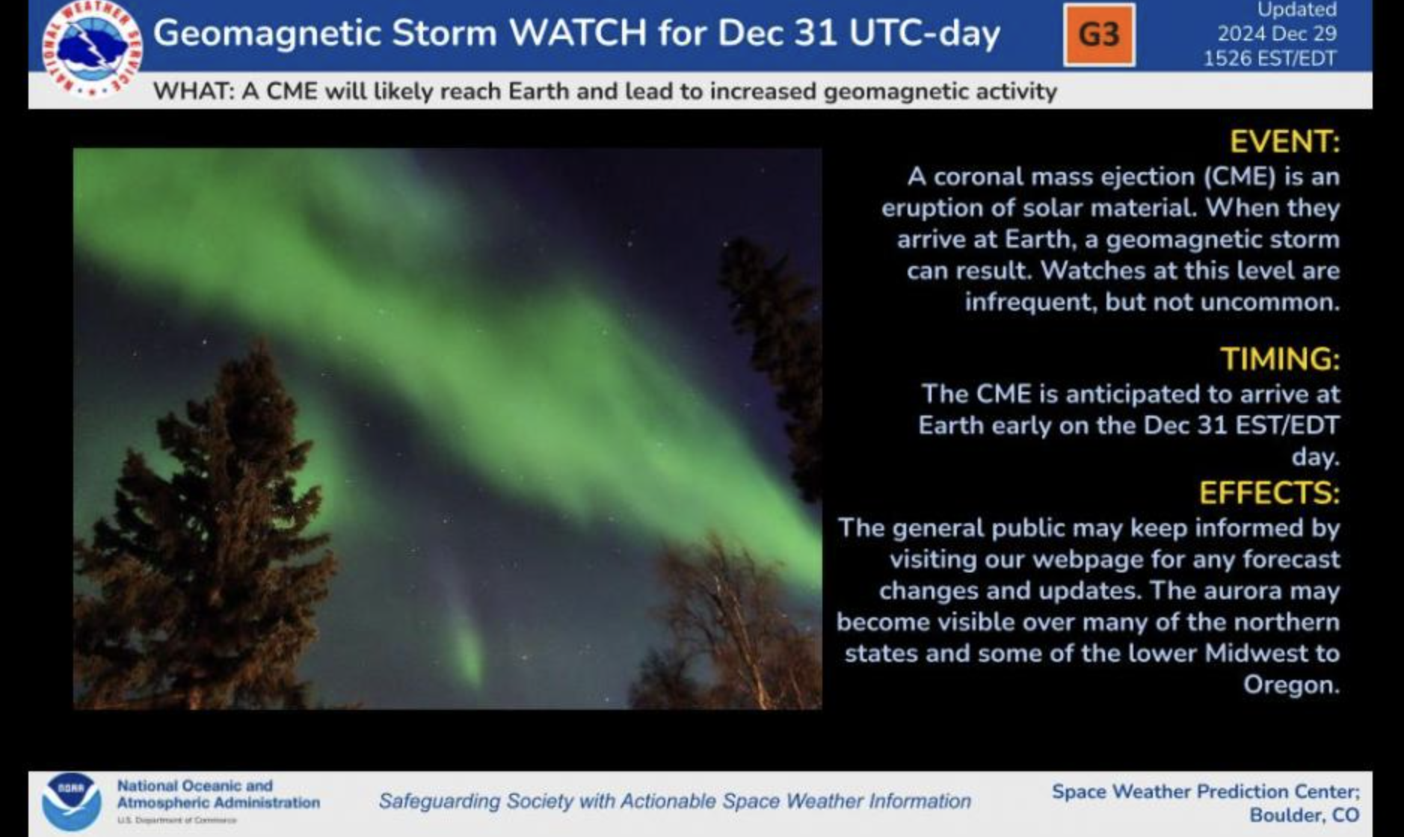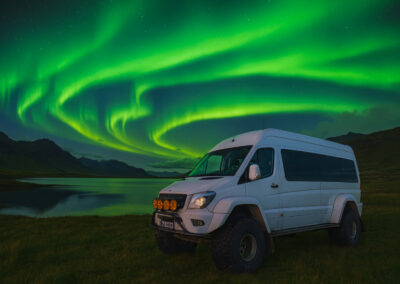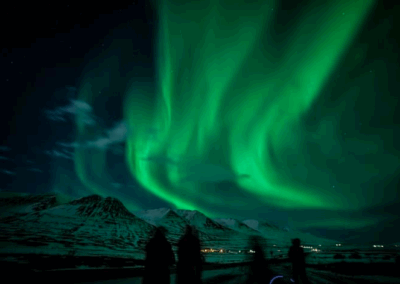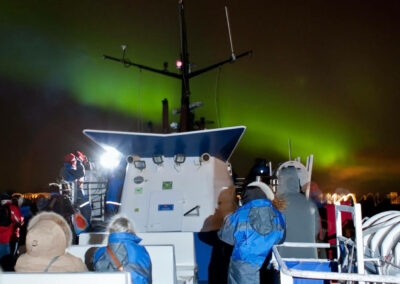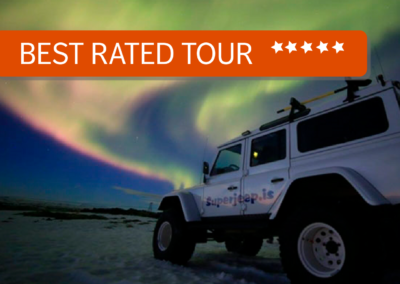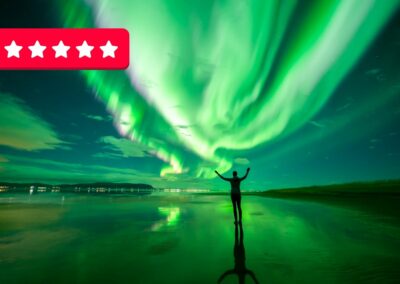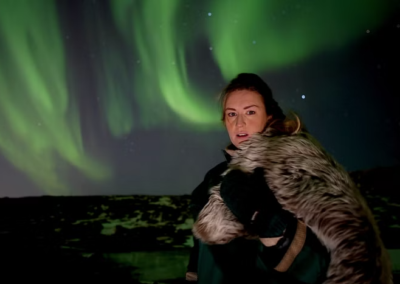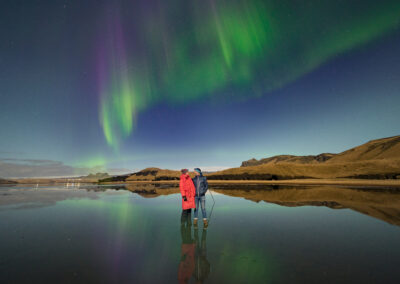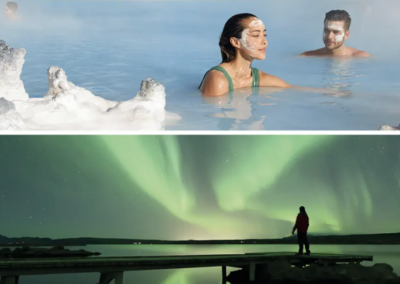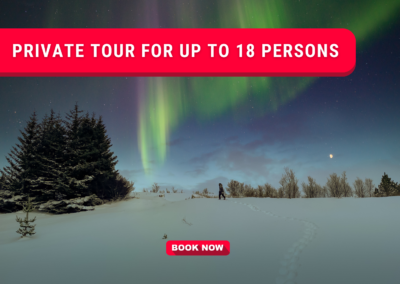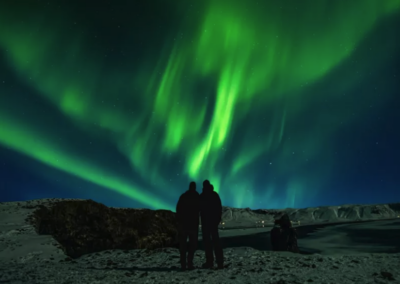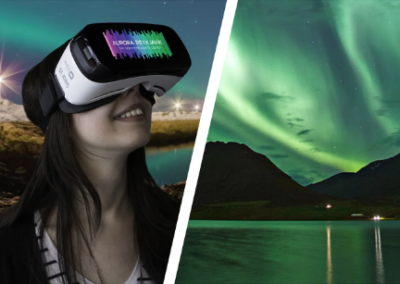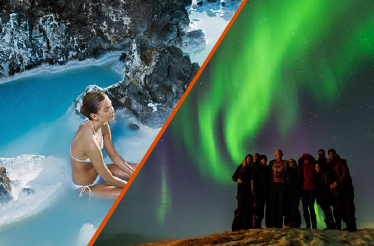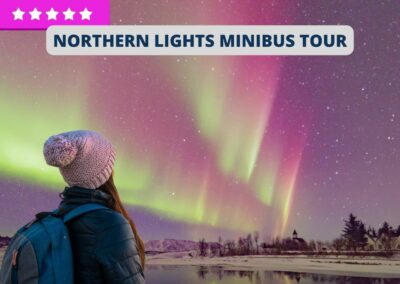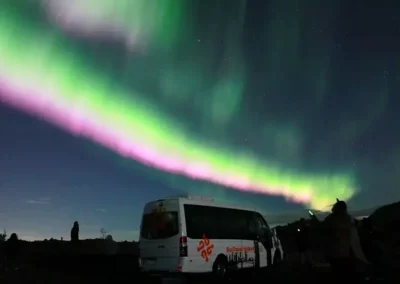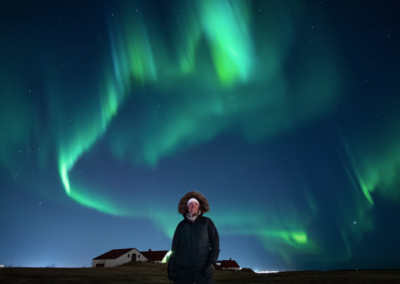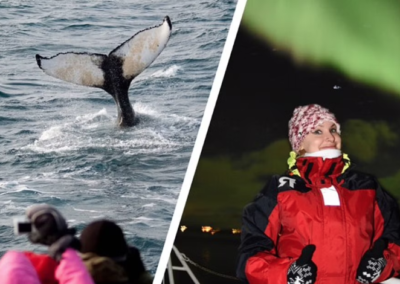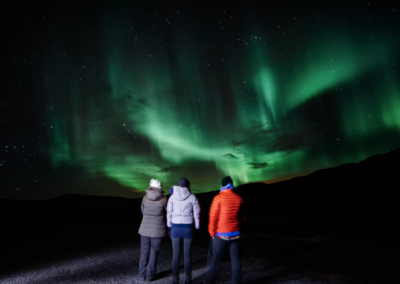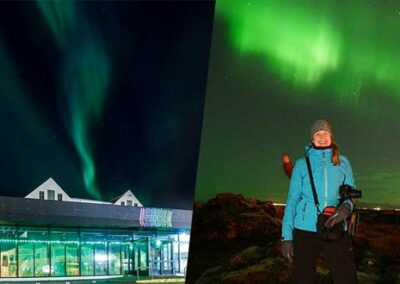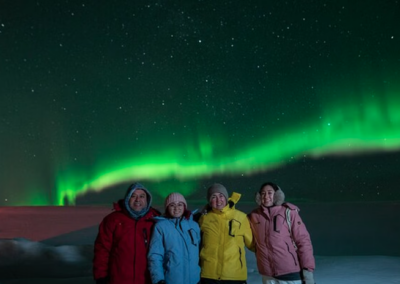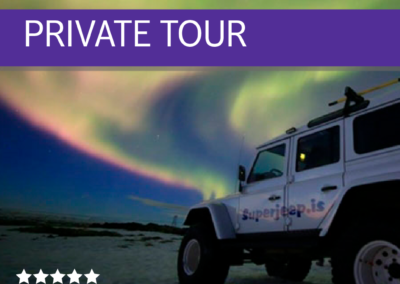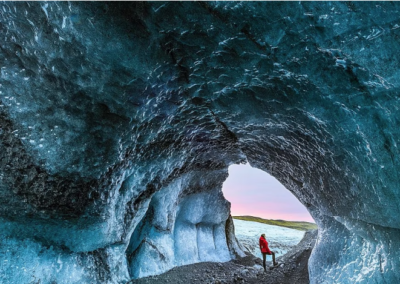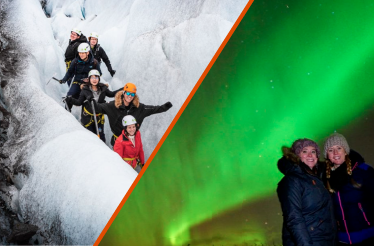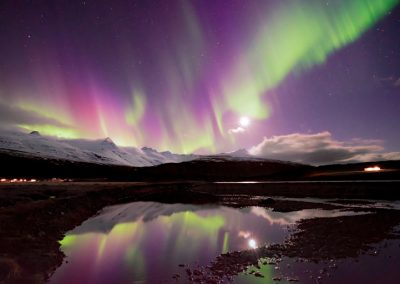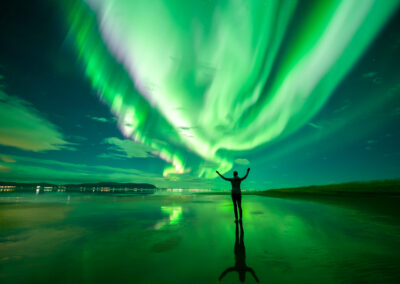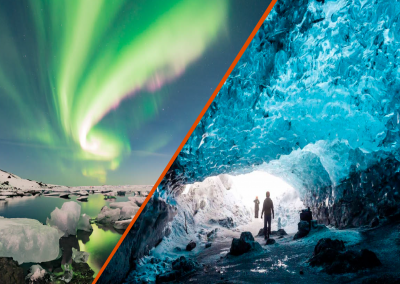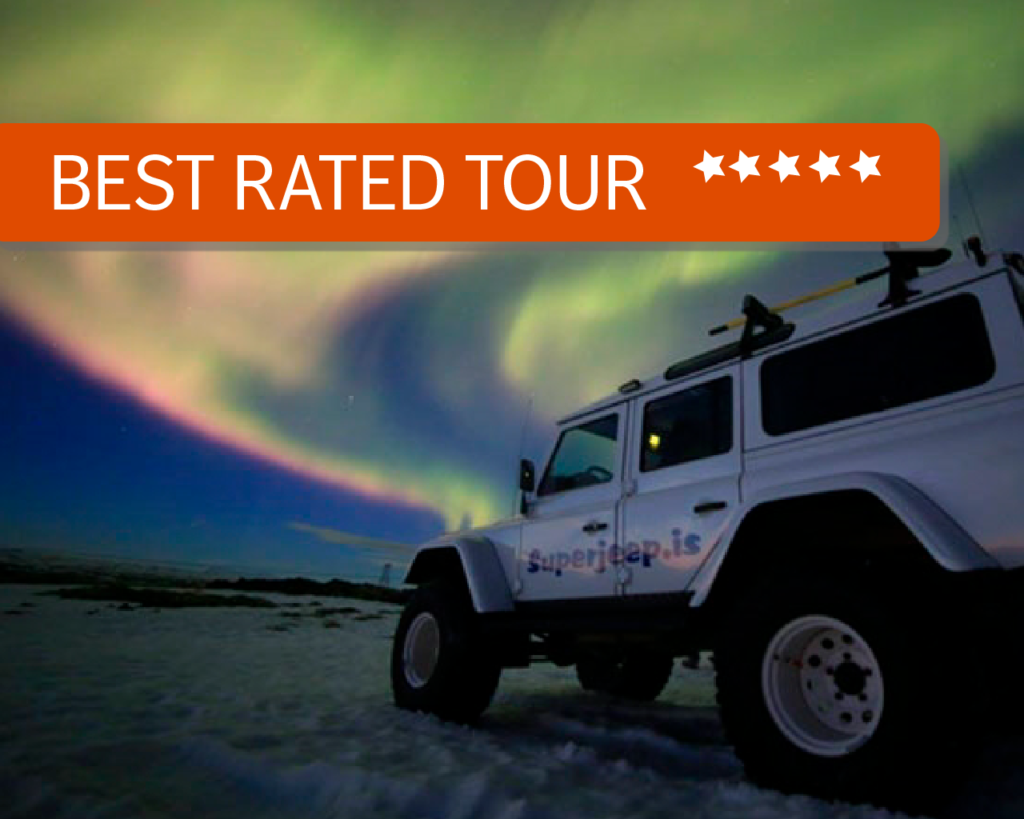A G3 Geomagnetic Storm Watch Issued for New Year’s Eve 2024: Northern Lights Likely to Dazzle!
Are you ready to welcome 2025 with one of nature’s most mesmerizing displays? The National Oceanic and Atmospheric Administration (NOAA) has issued a G3 (Strong) Geomagnetic Storm Watch for December 31, 2024. This means that the Northern Lights (Aurora Borealis) are likely to be more vivid and visible than usual, providing an incredible opportunity to ring in the New Year under dancing skies.
written by Katarina Raker, Aurora Reykjavik
Aurora at Þingvellir National Park, Iceland
Northern Lights Spectacle: G3 Geomagnetic Storm Promises Dazzling New Year’s Eve Show!
What is a G3 Geomagnetic Storm?
Geomagnetic storms are disturbances in the Earth’s magnetic field caused by solar activity, such as Coronal Mass Ejections (CMEs). A G3 storm is classified as strong, which can produce auroras visible far beyond their usual range, sometimes even dipping into areas at lower latitudes.
The current forecast indicates that the effects of a recent CME will peak on December 31, with geomagnetic storm activity gradually diminishing to minor levels by January 1, 2025.
Where and When to See the Northern Lights
This strong geomagnetic activity means that the auroras could be visible in locations further south than usual. Here’s how to maximize your chances of seeing the Northern Lights:
-
Check the Sky Conditions: Clear skies are essential. Use reliable cloud forecast services like Vedur.is or Time and Date.
-
Get Away from City Lights: Light pollution can hinder visibility, so find a dark location away from urban areas.
-
Monitor Local Aurora Forecasts: Keep an eye on real-time aurora predictions through NOAA’s Space Weather Prediction Center (SWPC) or the Aurora Reykjavík Forecast.
-
Best Viewing Times: Plan to be outside during magnetic midnight, typically around 10 PM to 2 AM local time, when auroral activity is usually stronge
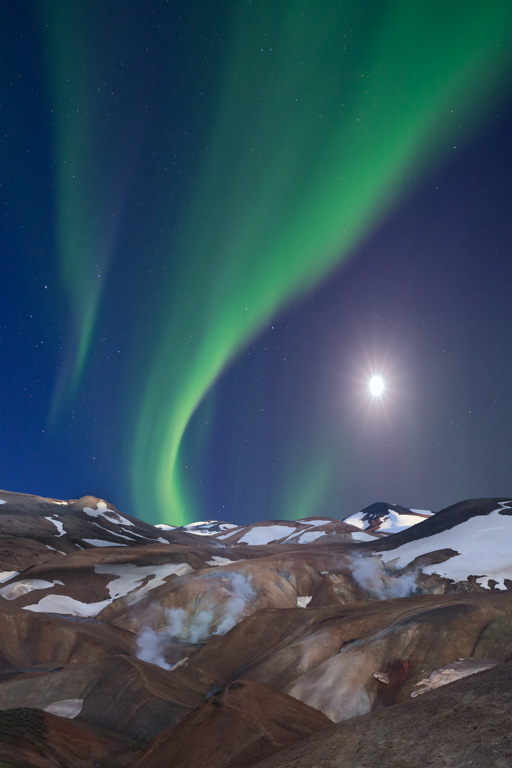
Aurora in the highlands, Iceland
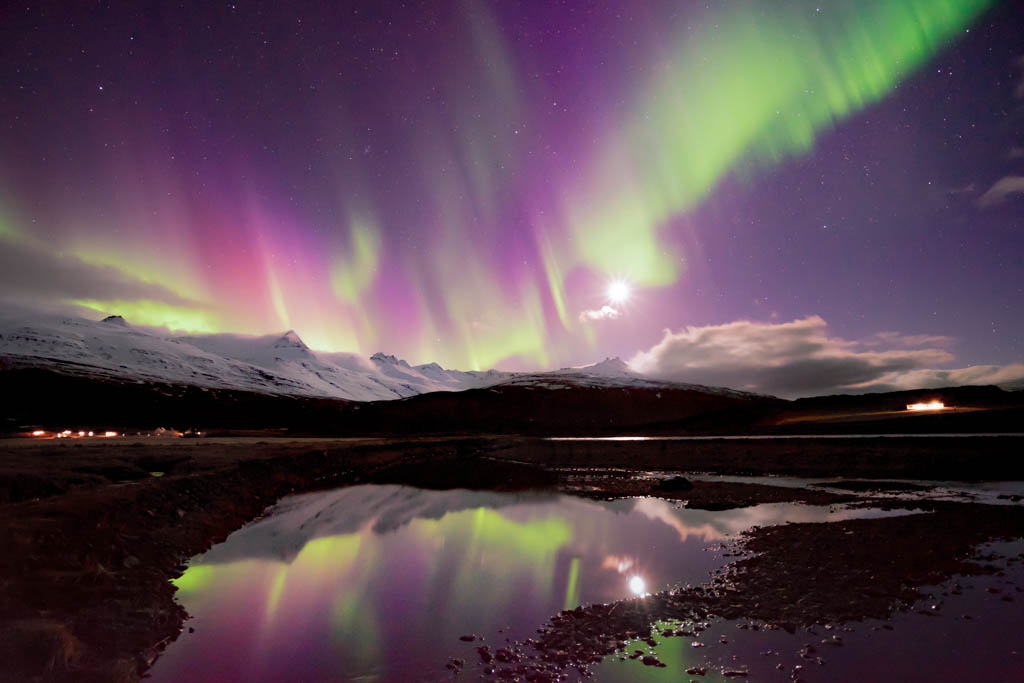
Full moon aurora in the East Fjords, Iceland
Why This New Year’s Eve is Special
Strong geomagnetic storms are relatively rare, and having one coincide with a celebration as globally significant as New Year’s Eve makes it extra magical. Imagine stepping outside after midnight to a sky ablaze with greens, purples, and reds, as you toast to a new beginning.
This New Year’s Eve, don’t just light fireworks—let nature light up your night! With a G3 geomagnetic storm in the forecast, we could be in for one of the most unforgettable displays of the year. Get ready to step into 2025 with the Northern Lights dancing above!
How to Capture the Moment
If you’re planning to photograph the auroras, here are some quick tips:
-
Use a tripod to stabilize your camera.
-
Set a long exposure (5-30 seconds) and a wide aperture.
-
Use a high ISO (800-3200) but adjust based on your camera’s capabilities.
-
Don’t forget to dress warmly and bring spare batteries!
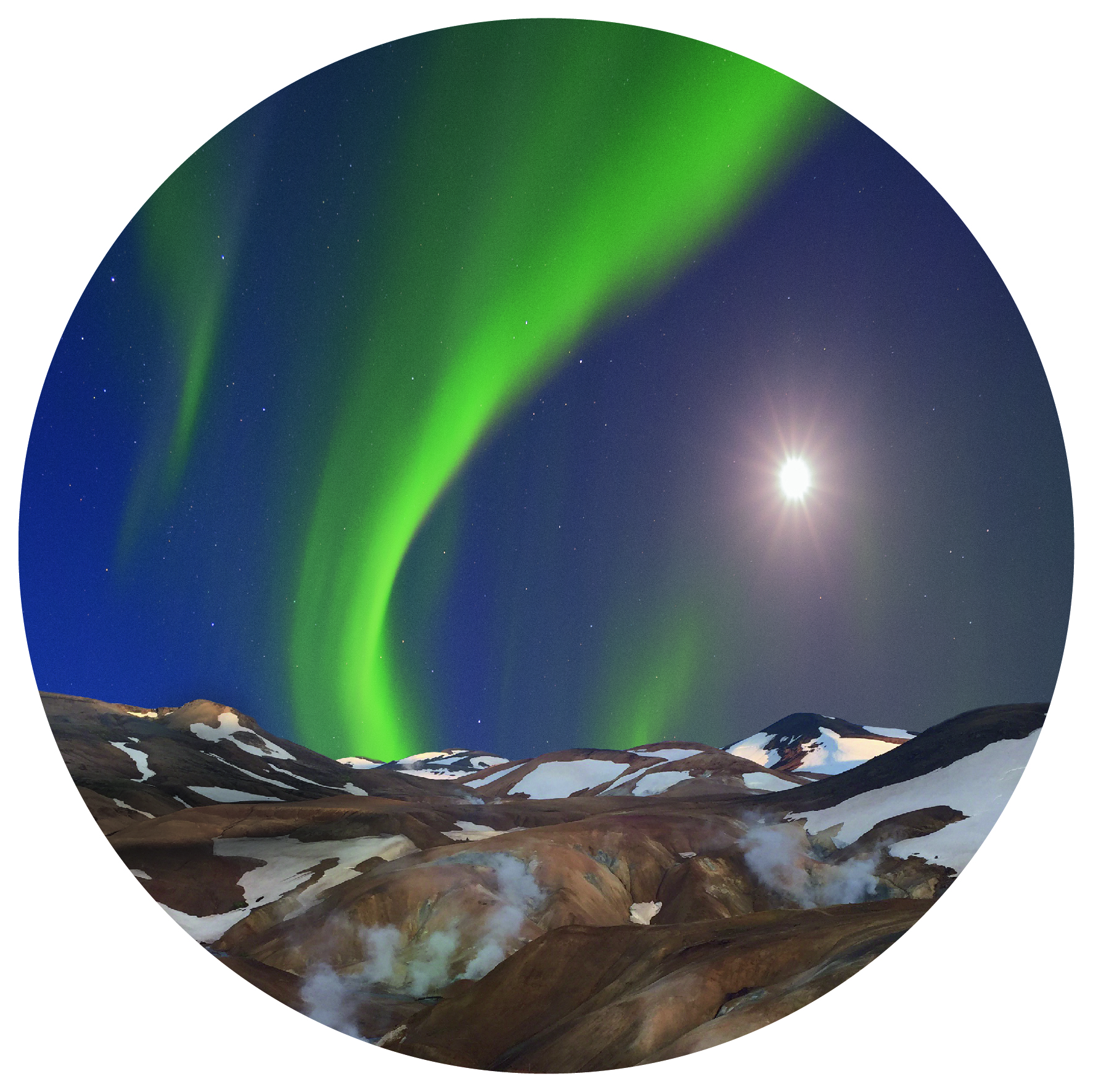
Full moon aurora at Kerlingarfjöll, Iceland
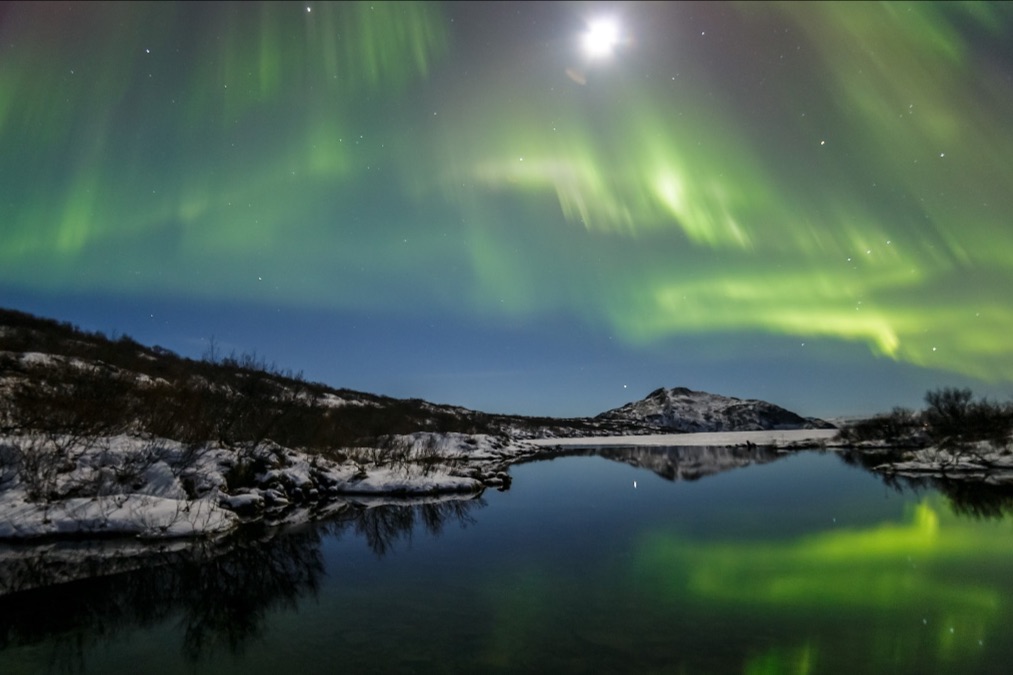
Full moon aurora at Þingvellir National Park
Explore More at Aurora Reykjavík
- Visit our Northern Lights Center to learn everything about the aurora.
- Discover the best Northern Lights photography tips for your next adventure.
- Find out the best months to see the aurora borealis in our guide.
So, if you can – buy the ticket, get the ride. You will find our hand-picked selection of tours here:
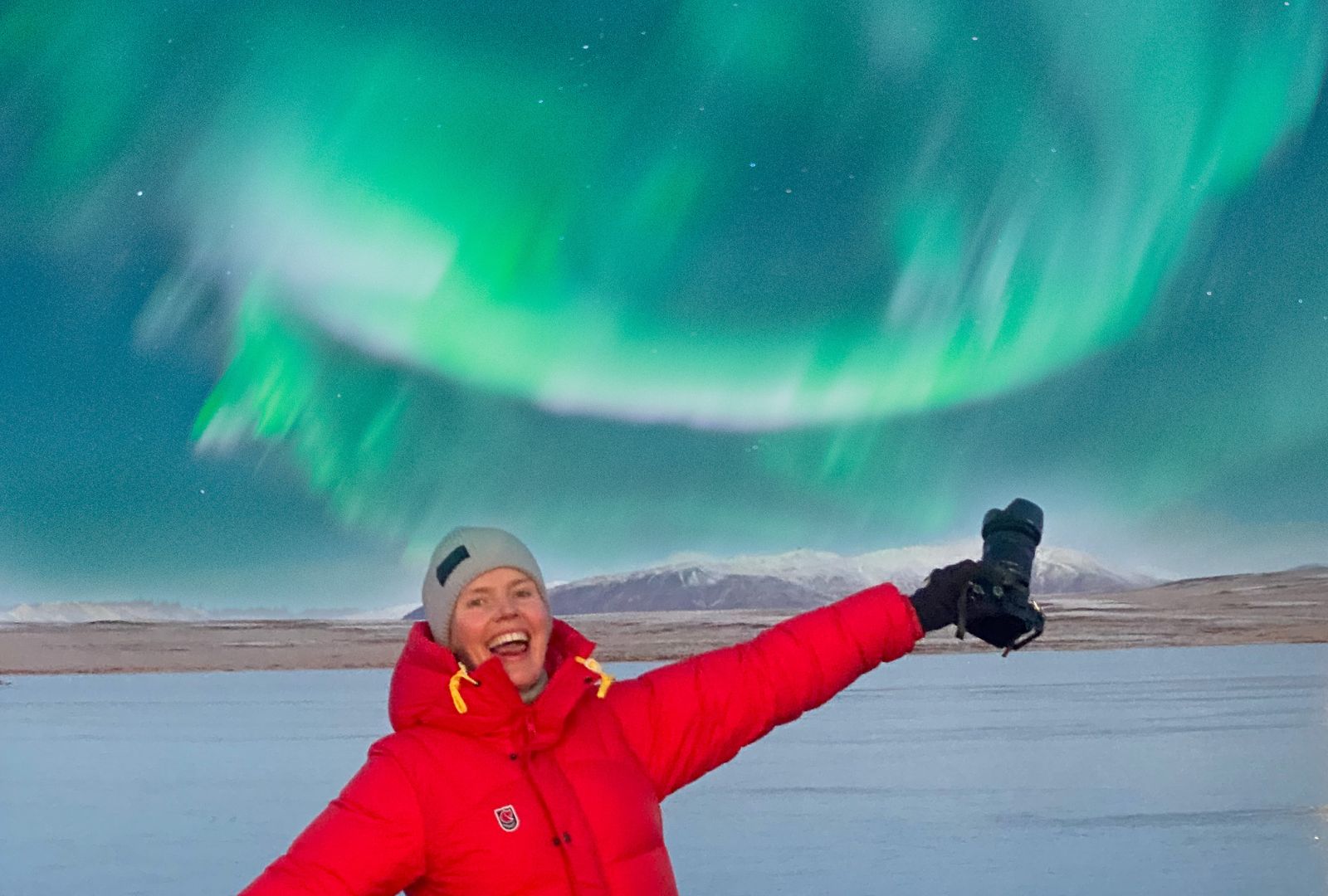
Katarina Raker
About the Author: Katarina Raker
Katarina Raker is a passionate Northern Lights expert and award-winning photographer based in Iceland. With years of experience chasing the aurora across the Arctic, she combines her love for storytelling with a deep knowledge of the science behind the Northern Lights. As a team member at Aurora Reykjavík, Katarina is dedicated to helping travelers experience the magic of the aurora borealis through expert tips, guided tours, and stunning photography. When she’s not capturing the sky’s most dazzling displays, Katarina enjoys exploring Iceland’s breathtaking landscapes and sharing her adventures with the world.

